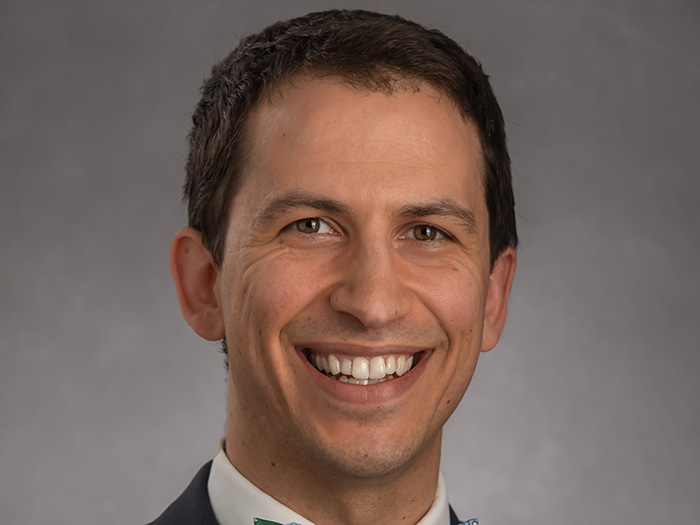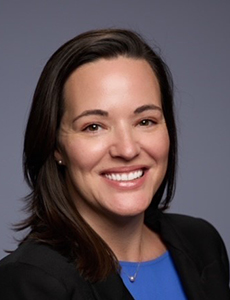Column: Workers' Comp
Creatively Building Wellness
Richard Graham has a front row seat for viewing how work roles can influence employee health, even contributing to differences in physiques after years of performing certain jobs.
Given his vantage point, the director of workers’ compensation for the Southeastern Pennsylvania Transportation Authority is a believer in the wellness services SEPTA offers in an attempt to help its nearly 10,000 employees improve their health.
The wellness efforts provide an example of the creativity employers must reach for when other exposure mitigation strategies reveal their limits.
SEPTA bus drivers, whose roles require constant sitting, appear different after years of service than do SEPTA’s mechanics, whose physical jobs entail frequent movement throughout their workdays.
His observation of body differences isn’t the only factor making Graham a wellness believer. Claims severity, and the frequency of comorbidities impacting injury recovery also differs substantially between the two occupations.
“I’m a believer because I don’t think you have to look too much further than the differences in our workforce,” Graham said. “You start to see the folks that are on their feet, moving and doing different things every day. We know that more often they are going to get better, recovering [faster post injury] than the folks that are not moving.”
It is also easier to engineer workplace safety measures that mitigate mechanic injury frequency.
SEPTA bus drivers, whose roles require constant sitting, appear different after years of service than do SEPTA’s mechanics, whose physical jobs entail frequent movement throughout their workdays.
SEPTA adopted many accident-prevention measures for its buses and drivers. But unlike its ability to control the mechanics’ environment, it can’t control the weather or the other motorists that its bus operators encounter on crowded city streets. That caps SEPTA’s ability to mitigate causes of bus driver injury frequency.
Meanwhile, there is no replacement for the valuable experience its bus drivers of many years bring to the job, Graham said. SEPTA needs them at work to provide the public with about 1.1 million daily rides, and do so on schedule.
So SEPTA employs a range of claims strategies like assigning nurse case managers to help injured workers with the comorbidities that can complicate their return to work.
But in hopes of reducing comorbidities and claims severity further, SEPTA partners with the University of Pennsylvania for a weight-loss program employees can participate in.
SEPTA also sponsors a farm-share program to help employees buy fresh produce, offers yoga classes at its headquarters, and placed stationary bikes in four workplace locations where bus drivers congregate.
Personal responsibility is also a huge factor in a worker’s health and it’s up to the drivers to get on those bikes and take advantage of SEPTA’s other health improvement offerings.
SEPTA, meanwhile, does not yet have outcomes data to definitively determine the effectiveness of its wellness offerings.
Complacency isn’t a risk-management tool. Creativity is. &











